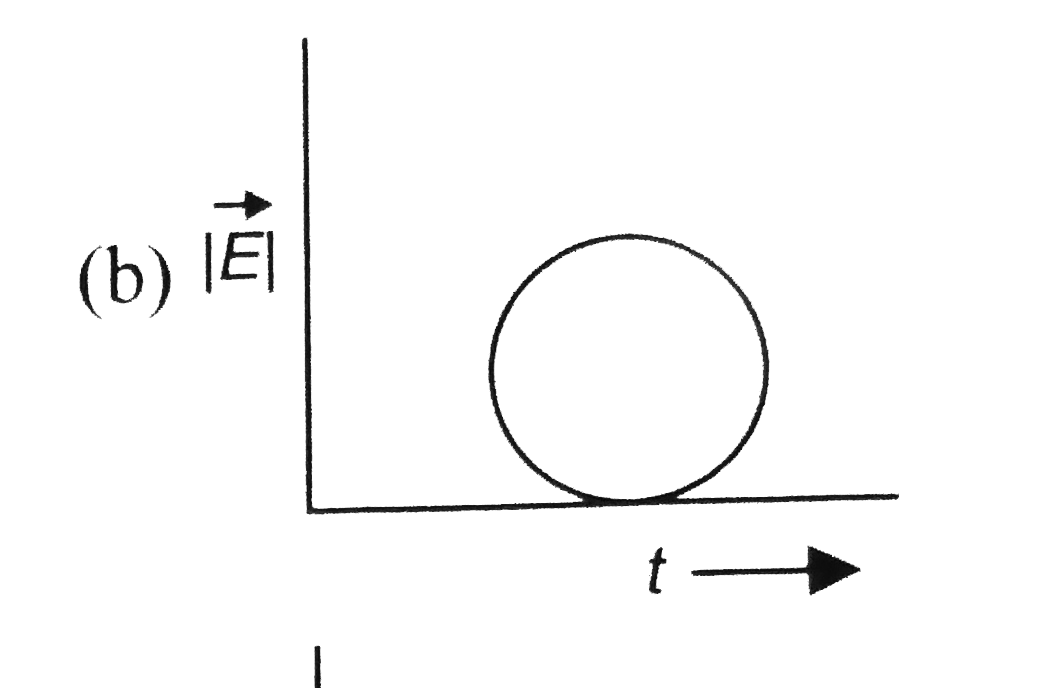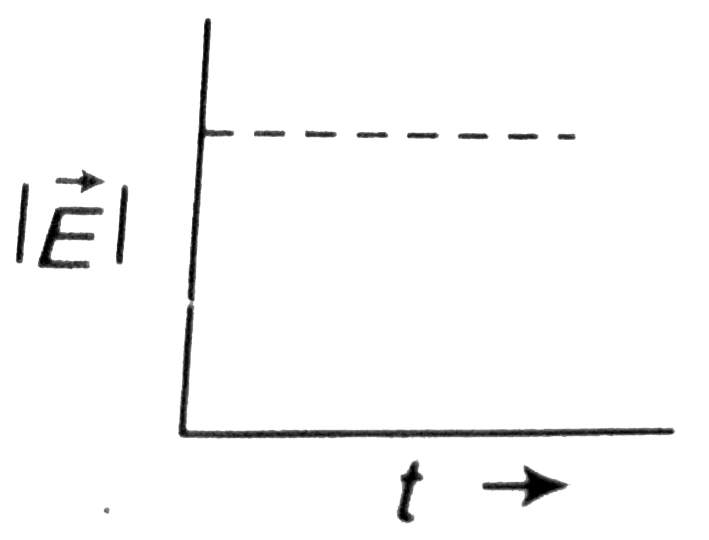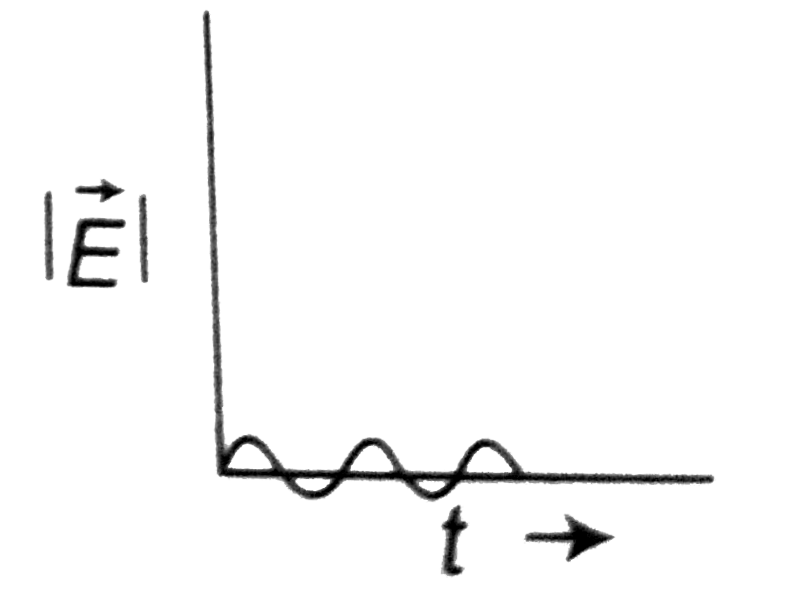Which of the following diagram represents the variation of electric field vector with time for a circularly polarised light?
A

B

C

D

Video Solution
Text Solution
The correct Answer is:a
When two plane-polarised waves are superimposed then under certain conditions, the resultant light vector rotates with a constant magnitude in a plane perpendicular to the direction of propagation. The tip of the vector traces circle and the light is said to be circularly polarised. To form circularly polarised lighy
Ex=E0sinωt
Ey=E0cosωt=E0sin(ωt+π2)
where E0 is amplitude.
Resultant amplitude
∣∣→E∣∣2=E0+E0+2E0.E0cos.π2
∣∣→E∣∣=E0√2= constant
|
Updated on:21/07/2023
Related Playlists
- BOOK - A2ZCHAPTER - MOCK TESTEXERCISE - Mock Test 245videos
MOCK TEST
- BOOK - A2ZCHAPTER - MOCK TESTEXERCISE - Mock Test 344videos
MOCK TEST
- BOOK - A2ZCHAPTER - MAGNETISM AND MATTEREXERCISE - Section D - Chapter End Test30videos
MAGNETISM AND MATTER
- BOOK - A2ZCHAPTER - NUCLEAR PHYSICSEXERCISE - Section D - Chapter End Test29videos
NUCLEAR PHYSICS
Similar Practice Problems
- Question 1 - Select One
Which of the following diagrams represent the variation of electric field vector with time for a circularly polarised light ?
A B
B C
C D
D
- Question 1 - Select One
Which of the following diagrams represent the variation of electric field vector with time for a circularly polarised light ?
A B
B C
C D
D
- Question 1 - Select One
Which of the following diagrams represent the veriation of electric field vector with time for a circularly polarised light
A B
B C
C D
D
- Question 1 - Select One or More
Which of the following represents a vector ?
A↔B→C←−−AD−−→A - Question 1 - Select One
Which of the following represents electric polarisation ?
AP=1σPBP=σPCP=σPEDP=ε0σP - Question 1 - Select One
Which of the following represents a unit vector ?
A∣∣→A∣∣AB→A∣∣→A∣∣C→A→AD∣∣→A∣∣∣∣→A∣∣ - Question 1 - Select One
Which of the following graph represents the variation of electric field E due to a thin charged spherical shell of radius R as a function of the distance r from the centre of the shell?
A B
B CD
CD
- Question 1 - Select One
Which of the following diagrams does not represent a streamline flow?
A B
B C
C D
D

